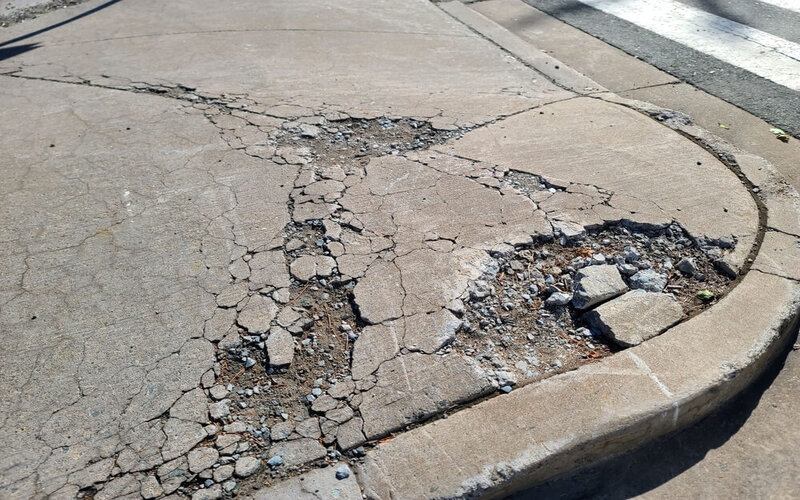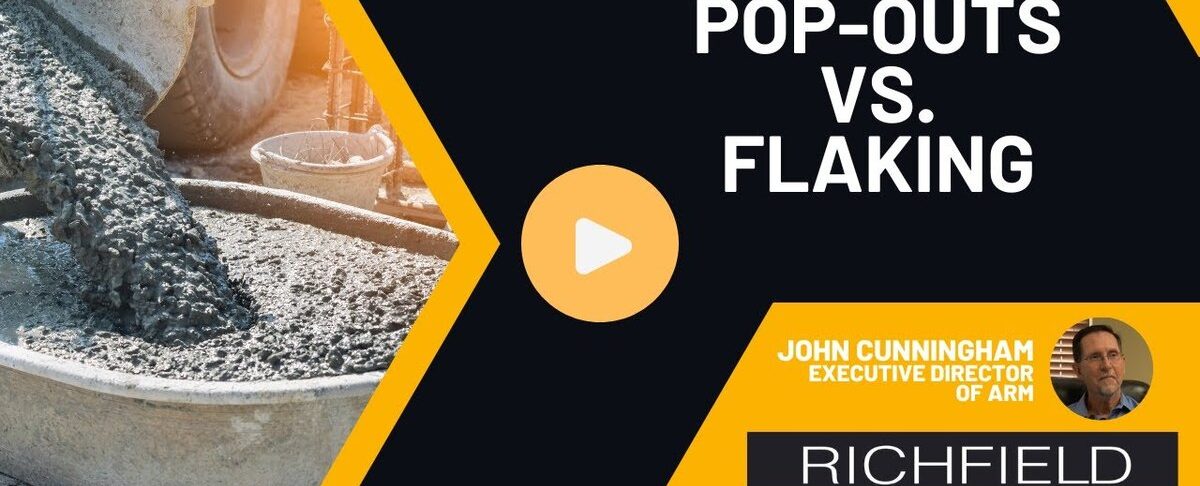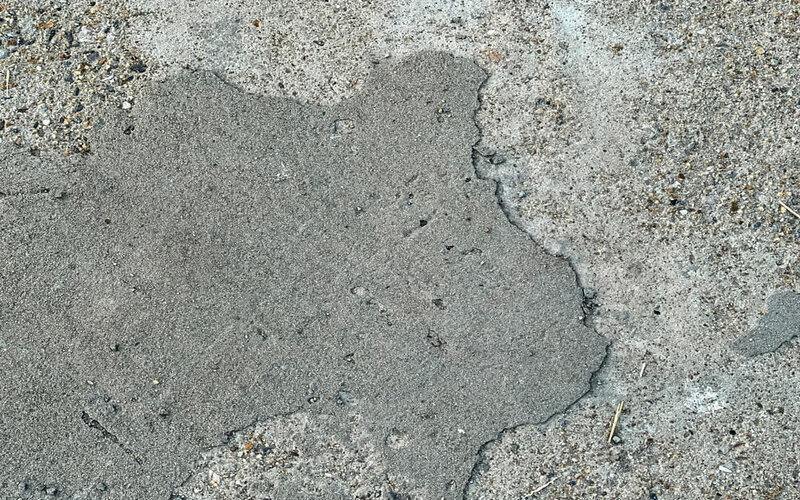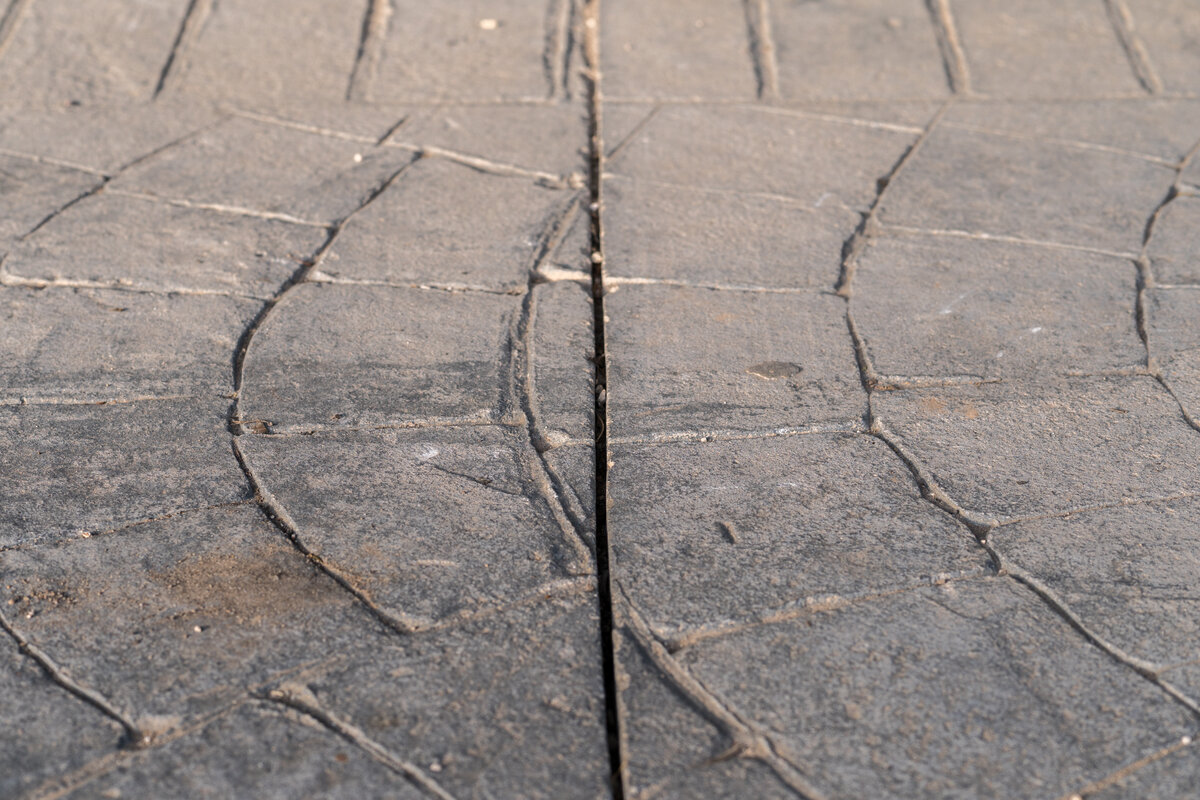When it comes to construction, particularly concrete work, one often encounters terms like rock pop-outs and mortar flaking. These terms may appear similar, but they refer to two different issues that may affect the durability and integrity of a concrete structure. Understanding the distinctions can provide valuable insights for both construction professionals and homeowners alike.
What Are Rock Pop-Outs?
Rock pop-outs are localized areas where the aggregate or the rock that is part of the concrete mix fractures and causes the mortar above the concrete to be pushed out or dislodged. Essentially, rock pop-outs are more concerned with the type of aggregate used in the concrete. Different types of aggregates have varying moisture absorption rates, thermal coefficients, and durability. These factors could contribute to the aggregate fracturing under specific conditions, which in turn, leads to the popping out of the mortar above it.
What Is Mortar Flaking?
Mortar flaking, on the other hand, is primarily concerned with the bond between the mortar and the aggregate in the concrete mix. The problem arises when this bond isn’t strong enough to withstand environmental conditions. If moisture penetrates this bond and freezes, the expansion of the frozen water can cause the mortar to pop off the surface of the driveway, sidewalk, or patio. The issue is essentially about the adhesive strength between the two key components: the aggregate and the mortar.
The Underlying Causes
Aggregate and its Role in Rock Pop-Outs
The type of aggregate used in a concrete mix plays a pivotal role in the occurrence of rock pop-outs. Aggregates that are highly porous, for example, may absorb more moisture. When this moisture freezes, it expands, exerting pressure on the surrounding mortar and causing it to pop out. Certain aggregates may also have weaker structural integrity, making them more susceptible to fracturing.
Bond Strength and its Impact on Mortar Flaking
In the case of mortar flaking, the strength of the bond between the aggregate and the mortar is a significant factor. If this bond is weak, it becomes an easy target for moisture infiltration. When that moisture freezes, it causes the mortar to detach from the aggregate, leading to flaking. Factors that can weaken this bond include improper mixing, inadequate curing, or the use of low-quality materials.
How to Prevent These Issues
Best Practices for Avoiding Rock Pop-Outs
To minimize the risk of rock pop-outs, it’s essential to use high-quality aggregates that have been tested for moisture absorption and structural integrity. Additionally, proper mixing and curing processes must be followed to ensure the aggregate and mortar form a robust structure.
Best Practices for Avoiding Mortar Flaking
For preventing mortar flaking, the focus should be on enhancing the bond between the mortar and the aggregate. This can be achieved through proper mixing techniques, using quality bonding agents, and allowing adequate time for curing. Special sealants can also be applied to block moisture infiltration.
Conclusion

Understanding the difference between rock pop-outs and mortar flaking is crucial for construction quality and longevity. While rock pop-outs are influenced by the type of aggregate used, mortar flaking is more concerned with the bond strength between the mortar and the aggregate. By recognizing these differences and taking appropriate preventive measures, it’s possible to enhance the durability and longevity of your construction projects. Contact Richfield Concrete today to learn more about the difference between rock pop-outs and mortar flaking.








